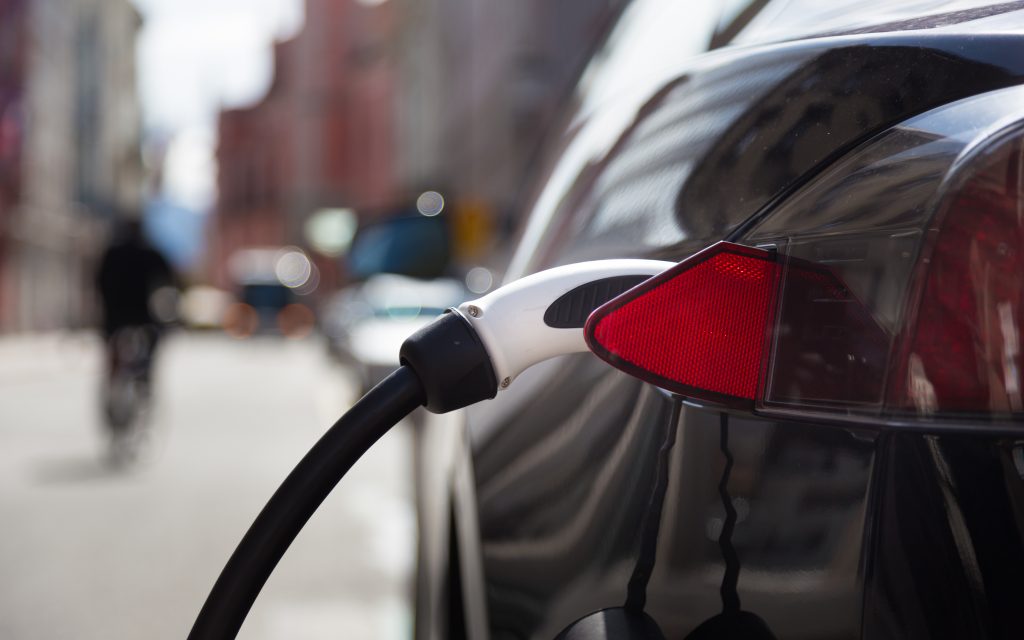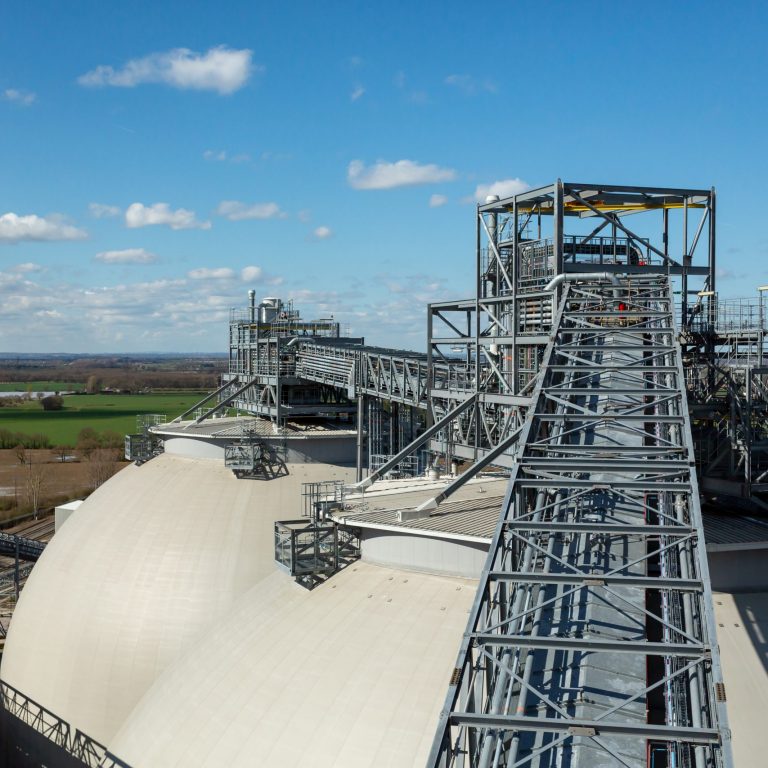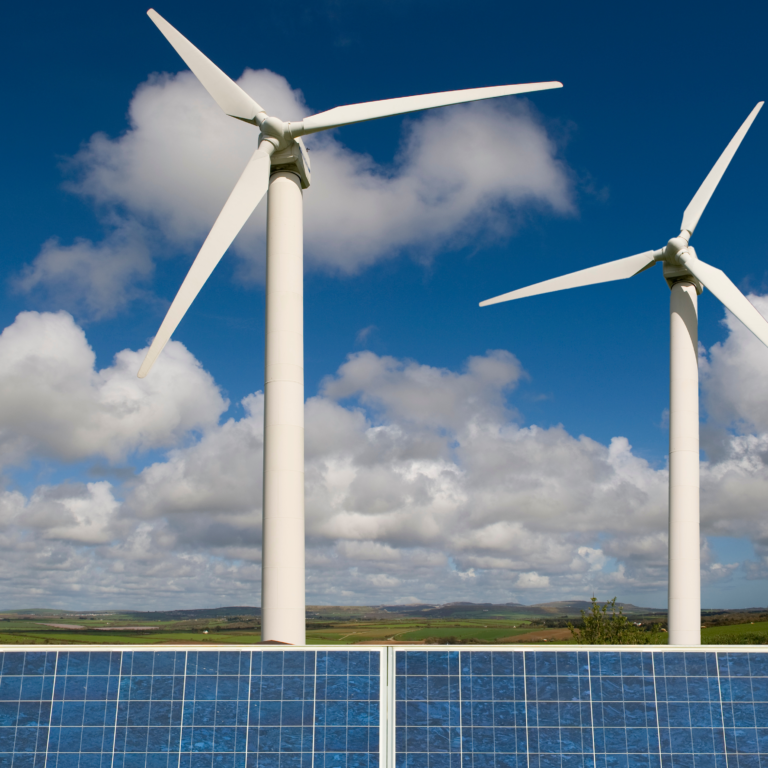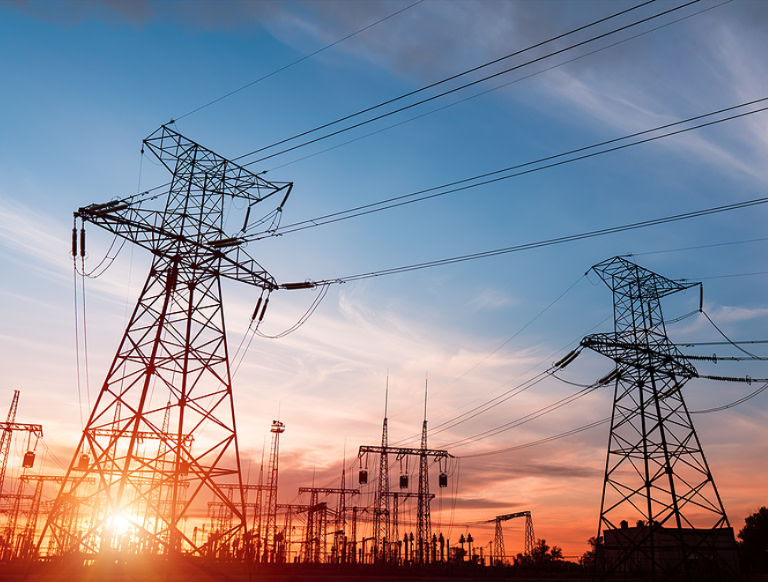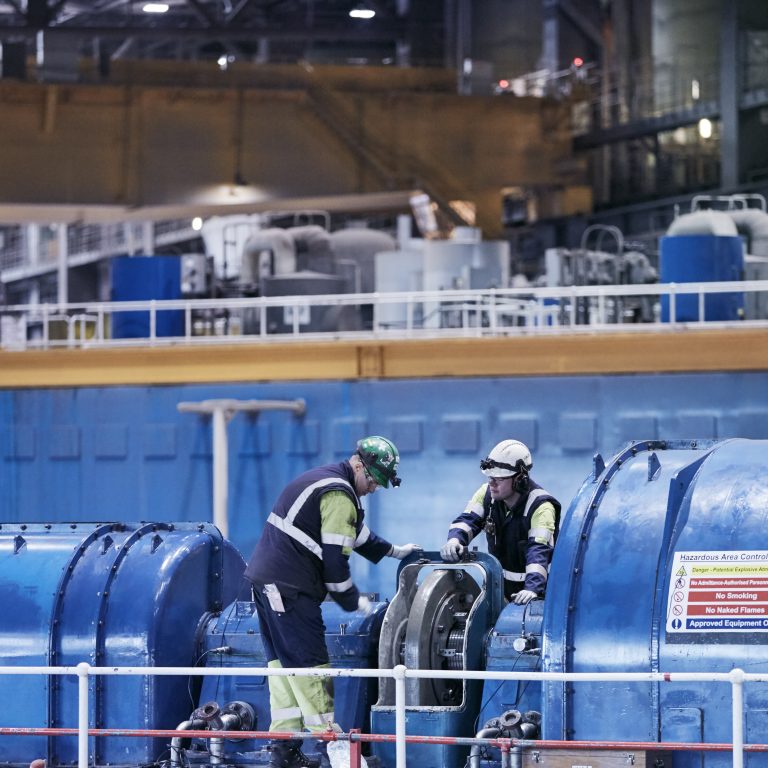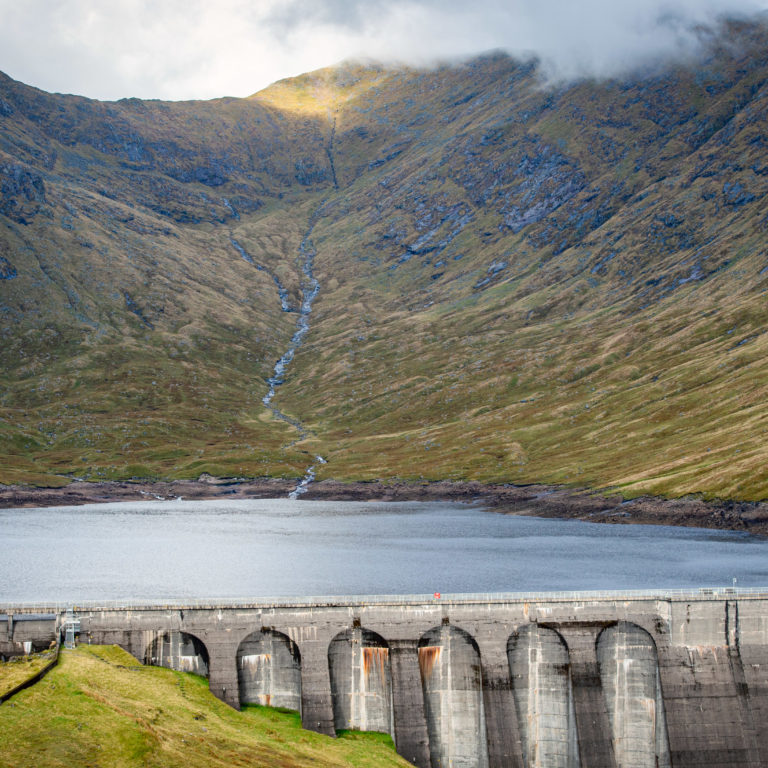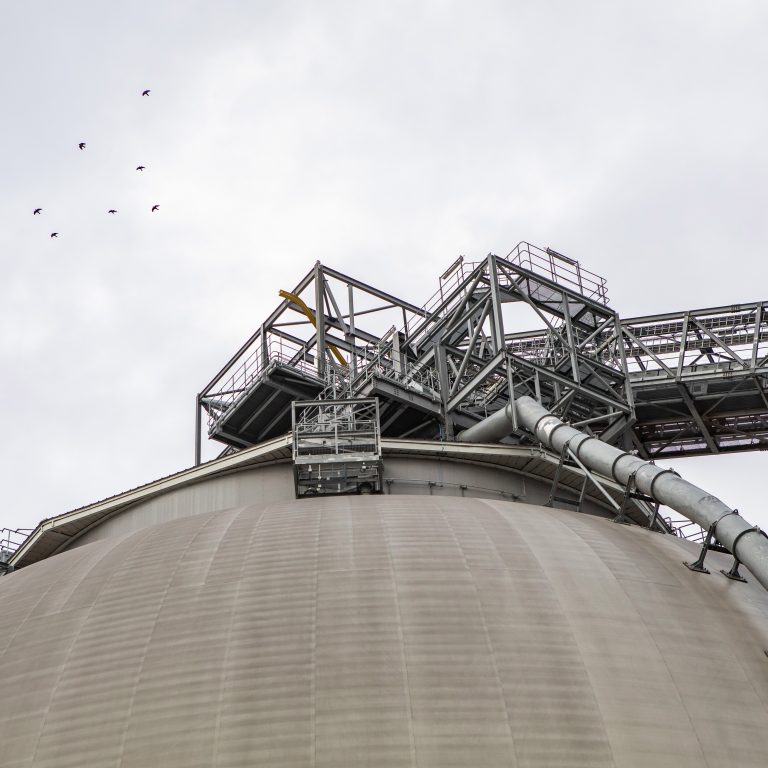All great technological innovations need infrastructure to match. The world didn’t change from candles to lightbulbs overnight – power stations had to be built, electricity cables rolled out, and buildings fitted with wiring. The same is true of electric vehicles (EV).
Think of the number of petrol stations lining the UK roads. If EVs continue their rise in popularity, the country will need electric car-charging facilities to augment and then replace these petrol stations.
This could mean big extensions of electricity grid infrastructure, both in the building of new power generation capacity to meet demand, and in the extension of the networks themselves.
In short, it could mean a significant change in how electricity is used and supplied.
The need for better electricity infrastructure
In 2013, only 3,500 of newly registered cars in the UK were plug-in electric or hybrid EVs. In 2016, that number jumped to 63,000. Their use is rising rapidly, but the lack of infrastructure has kept a cap on the number of EVs on UK roads. That is starting to change.
As of 2019, all new and refurbished houses in the EU will have to be fitted with an electric car charging point, according to a draft directive announced by Brussels. The UK will probably no longer be an EU member by the time the directive comes into effect, but nevertheless, the UK government is pursuing its own ways to account for the rise of EVs. It has pledged more than £600 million between 2015 and 2020 to support ultra-low-emission vehicles – £38 million of this has already been earmarked for public charging points.
There are more innovative responses to EV rise, too. Nissan, in partnership with Italian energy provider Enel, has announced it will install around one hundred ‘car-to-grid’ charging points across the UK. With their innovative V2G technology, cars plugged into these sites will be able to both charge their batteries and feed stored energy back to the National Grid when necessary. So when there is a peak in demand, the Grid could access the cars’ stored energy to help meet it.
The total capacity of the 18,000 Nissan electric vehicles currently operational on UK roads comes to around 180 MW. So even today – before electric vehicles have really taken off – this could give the National Grid an additional supply roughly the size of a small power station.
Peaks in electricity demand, however, tend to occur in the late afternoon or evening as it gets dark and more lighting and heating gets switched on. This also happens to be rush hour, so under this scheme the time of day the cars are most likely to be on the roads is also when it’d be most helpful to have them plugged in. This could lead to financial incentives for people to give up the flexibility of driving their cars only when they need to.
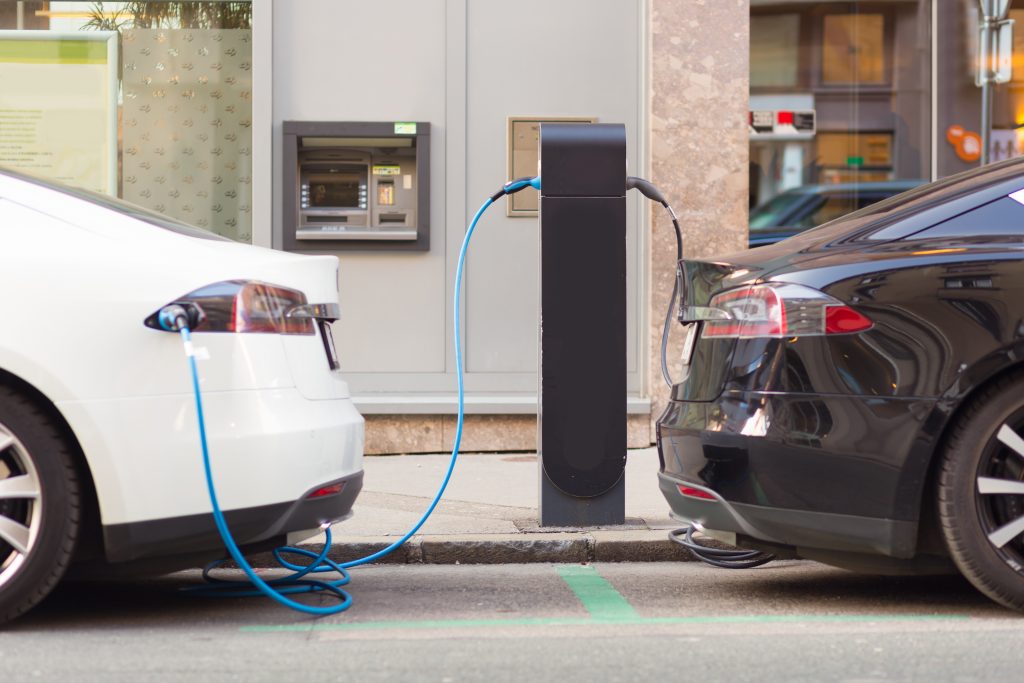
More electric cars, more demand for electricity, more pollution?
More EVs on the road makes sound environmental sense – they enable a 40% reduction in CO2 emissions – but ultimately the energy still has to come from somewhere. That means more power stations.
The scale of this new demand shouldn’t be underestimated: if European drivers were to go 80% electric, some studies have suggested it would require 150 GW of additional on-demand capacity – the equivalent of 40 Drax-sized power stations.
But if EVs are to live up to their green potential, that additional power needs to come from innovations in storage (such as in the Nissan example) and from renewable sources like wind, solar and biomass. Fossil fuels would ideally be used only to plug any gaps that intermittency creates – for example by briefly firing up the small gas power stations Drax plans to build in England and Wales.
What does this mean for generators?
Drax, as operator of the UK’s largest biomass power station and with plans for new, rapid response open cycle gas turbines (OCGTs), is well placed to be at the forefront of providing reliable, affordable power in the event of a widespread rollout of electric vehicles. The OCGTs in particular, are designed for use in peak times which, in the future, could be when the nation’s electric vehicles are plugged in overnight – today this is when electricity demand is at its lowest.
A future of more electric cars is a positive one. They’re cleaner, more efficient, and they are well suited to our increasingly urban lives. But now that we have the technology, we need to ensure we can deliver the lower-carbon infrastructure they need.







